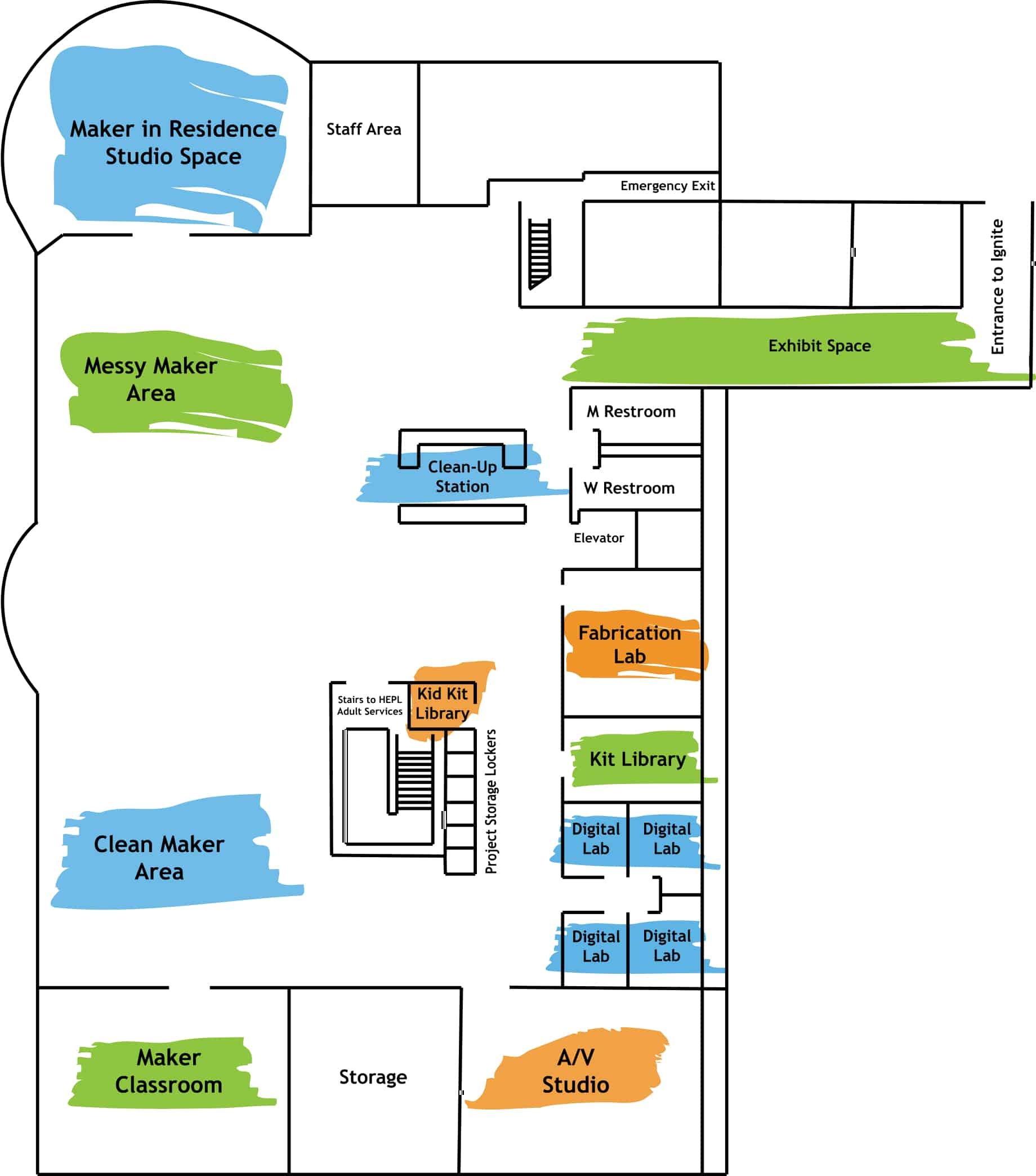By Kris Hurst
Wassily Kandinsky was a Russian artist born in 1866. He is known for his colorful, non-representational paintings and is considered by many to be the founder of abstract art. Abstract art relies heavily on the elements of art including shape, color, and line to create a composition that may or may not represent something in the real world.
Kandinsky said he could see lines and colors while listening to music. This is called synesthesia. If you look at his work below, you can see that it has a lyrical quality, with his brush strokes expressing movement and colors evoking feelings. Notice that his lines are very loose and imprecise. His shapes are not perfectly symmetrical, but organic.
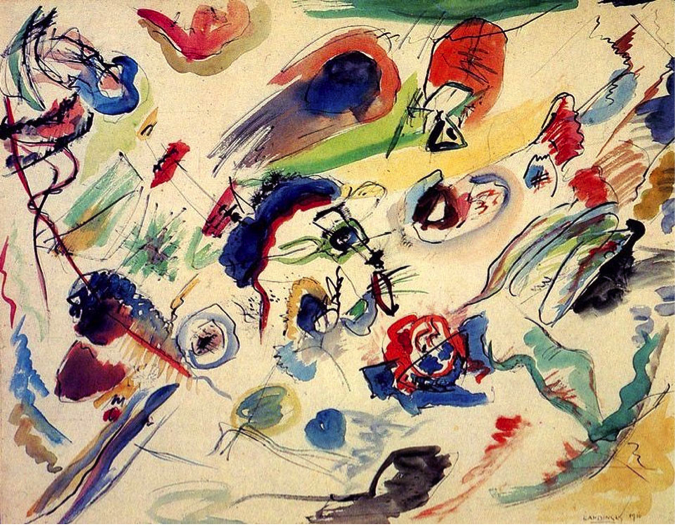
First Abstract, Watercolor, 1910
Modern artists are interested in exploring synesthesia as well. Check out this video by the artist Michal Levy. She provides a colorful representation of the jazz recording “Giant Steps” by John Coltrane.
You don’t have to have synesthesia to benefit from the artistic influence of music. If you’re not sure what to listen to, Kandinsky found inspiration from Modest Mussorgsky’s “Pictures at an Exhibition.” Before we get started making our Kandinsky puzzle, let’s get ourselves into the right mindset by putting on some inspiring music!
Materials
- Watercolors
- Paint brush
- Resist materials: tape, glue/rubber cement, stencil, stickers, white crayon
- Paper (heavier cardstock or watercolor paper works best)
- Scissors
- Ruler
- Pencil
Instructions
1) To begin, watch Ignite’s video on the resist technique below. We can use resist elements to create lines and shapes in the style of Kandinsky that give a sense of movement to our painting and allow our eyes to travel around the piece.
2) Then, per the ideas mentioned in the video, add resist elements to your paper.
3) Next, add water to your watercolors. The more water you add, the more transparent, or see through, the color. Don’t put too much water on your paper unless you have heavy duty paper. Allow your colors to overlap to create new colors. Remember the paint will not stick to the resist areas so feel free to wash color over those areas to make the resist stand out.
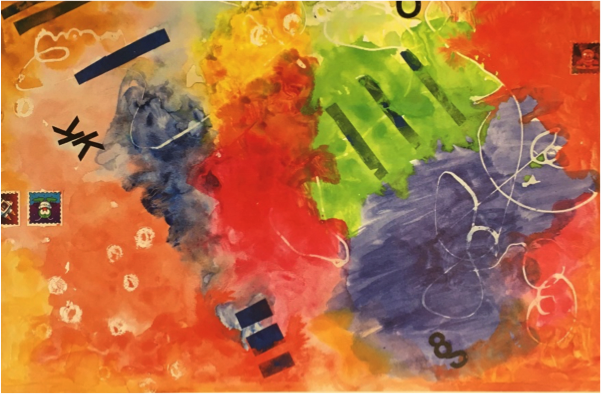
4) As the video instructs, allow the paint to dry and remove the resist from the piece so that the negative space is revealed.
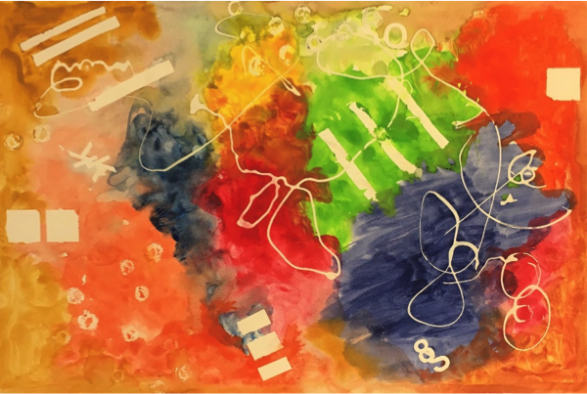
5) After that, flip over your design and measure your paper. You can decide how many squares or puzzle pieces to make. My paper is 12×18 so I decided to make 2-inch squares which means I will have 54 puzzle pieces. If you want to make it harder, you could do 1-inch squares. How many puzzle pieces would that be?
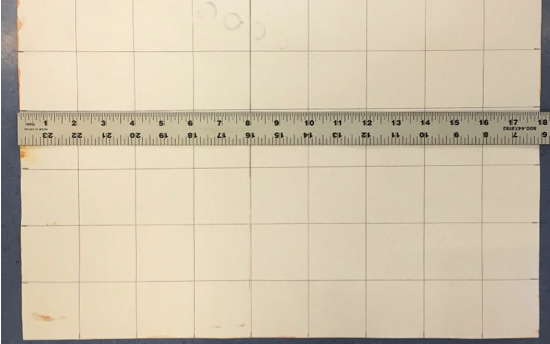
6) Cut out your pieces with scissors.
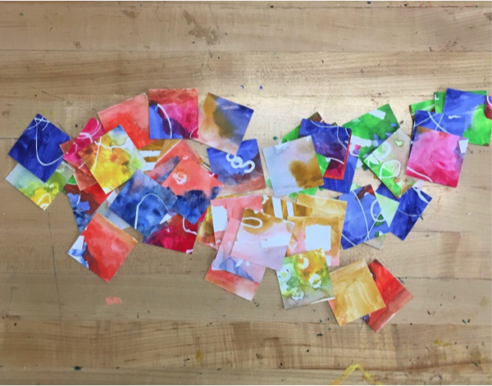
7) Finally, have someone in the house put your Kandinsky puzzle together or send the pieces to a friend????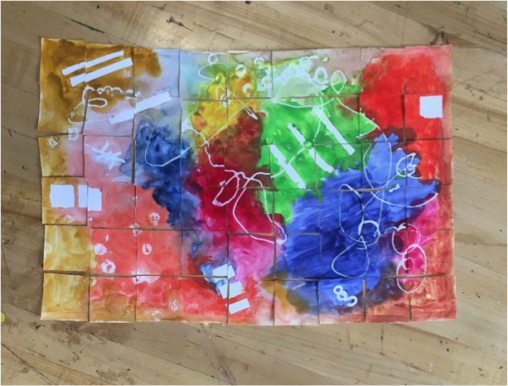
I hope you’ve enjoyed making today’s Kandinsky puzzle! Check back next week for the latest virtual drop in!

